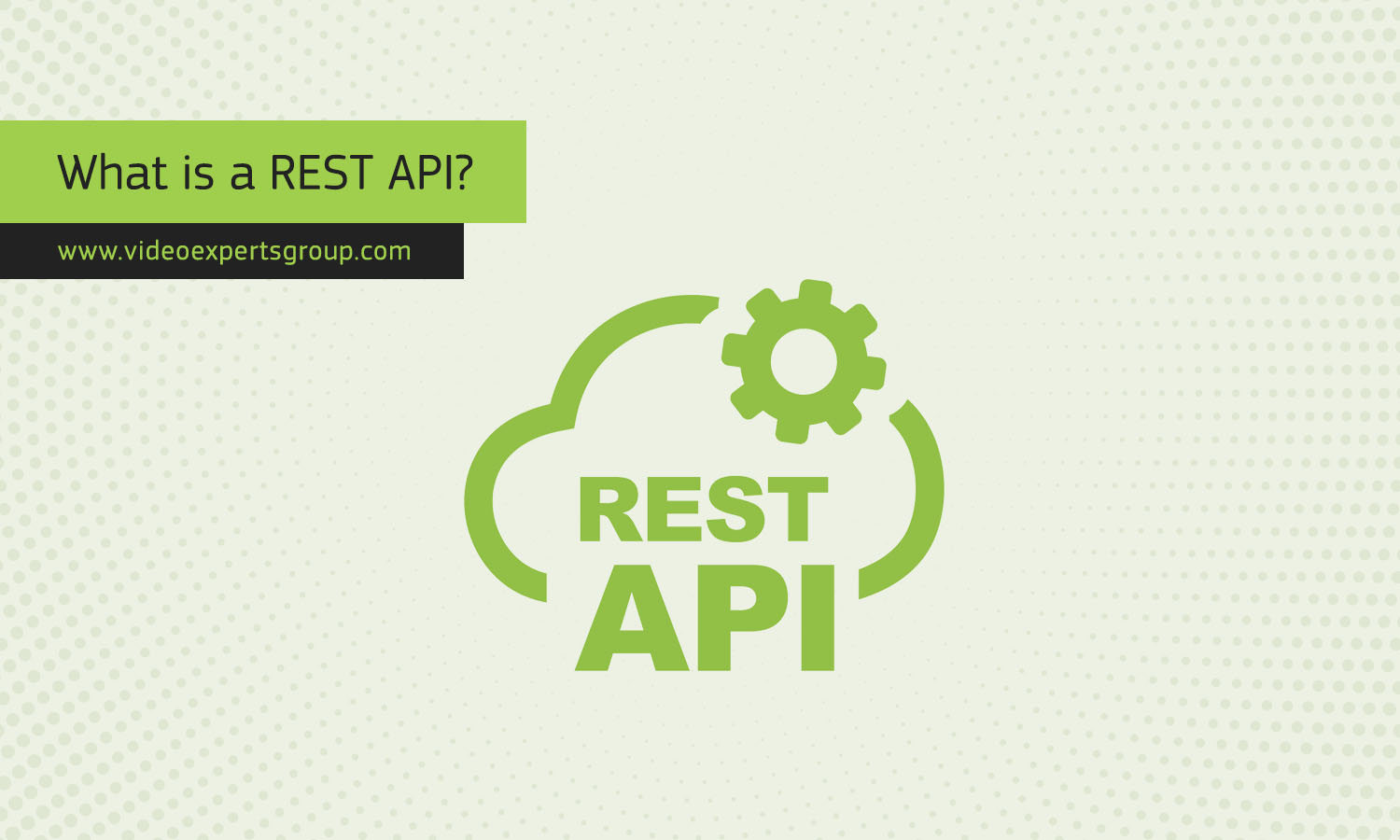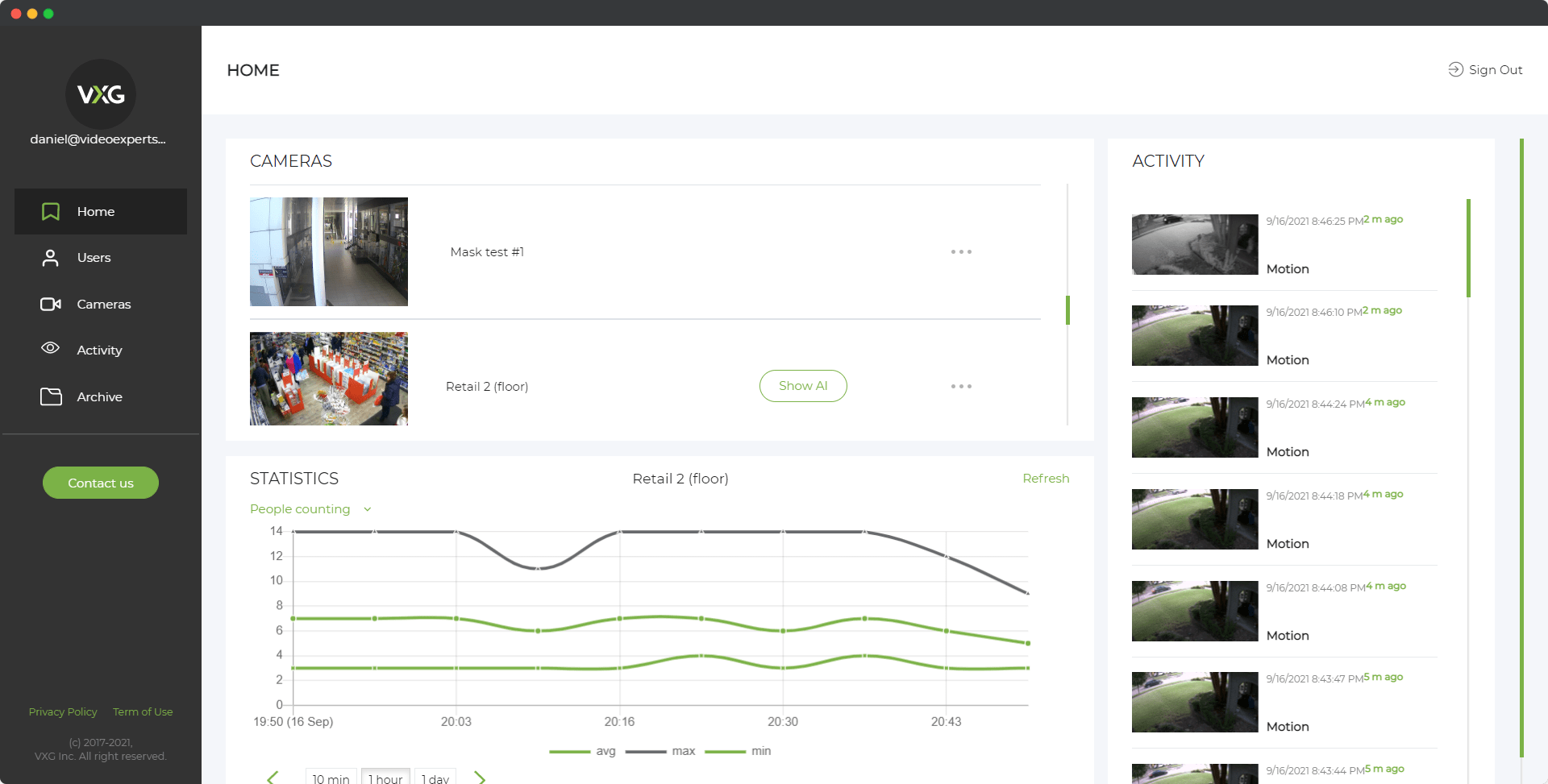In the vast realm of technology, you might have come across the term "REST API." But what does it really mean, and how does it function? In simple terms, a REST API is a key player in the world of web development, facilitating communication between different software applications. Let's delve into the basics of REST API.
Definition
REST API, short for Representational State Transfer Application Programming Interface, is a set of rules and conventions for building and interacting with web services. It is an architectural style that focuses on a standardized approach to communication between systems on the internet.
Unlike its counterparts, REST APIs rely on a stateless communication model, meaning each request from a client to a server contains all the information needed to understand and fulfill the request. This design principle enhances simplicity and scalability, making REST APIs widely adopted for web applications.
How REST API Works
The fundamental concept behind a REST API is based on resources and their representations. Resources are entities or services that we want to expose and interact with, while representations are the various ways in which these resources can be presented or manipulated.
Here's a quick breakdown of how the REST API works:
- Uniform Resource Identifiers (URIs): Each resource is identified by a unique URI, serving as its address on the web.
- HTTP Methods: REST APIs use standard HTTP methods, such as GET, POST, PUT, and DELETE, to perform different actions on resources. For example, a GET request retrieves information, while a POST request submits new data.
- Stateless Communication: One of the key principles of REST is statelessness. Each request from a client to a server contains all the information needed to understand and process the request. The server does not store any information about the client between requests, leading to simplicity and scalability.
- Representations: Resources can have different representations, such as JSON or XML, allowing clients and servers to exchange data in a format that both understand.
- Hypermedia as the Engine of Application State (HATEOAS): REST APIs often use HATEOAS, enabling clients to navigate the application's functionality through hyperlinks provided within the responses.
Example
Let's consider a simple example to illustrate how a REST API works. Imagine a weather service that provides information about the current weather for different cities.
- Resource URI: Each city is represented by a unique URI, such as
https://api.weather.com/city/{city-name}. - HTTP Methods:
- A GET request to
https://api.weather.com/city/Parisretrieves the current weather information for Paris. - A POST request to
https://api.weather.com/city/NewYorkcould submit new data, perhaps updating the weather information for New York.
- A GET request to
- Representations: The weather information could be represented in JSON format, including details like temperature, humidity, and wind speed.
By adhering to the principles of REST, this weather service allows developers to easily integrate and interact with the provided resources, creating a seamless and standardized way to access weather data for various cities.
















